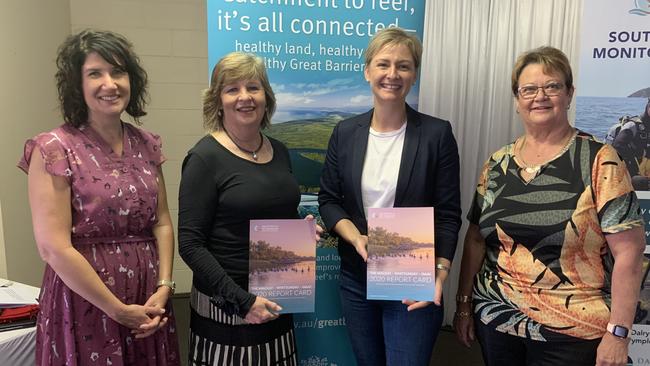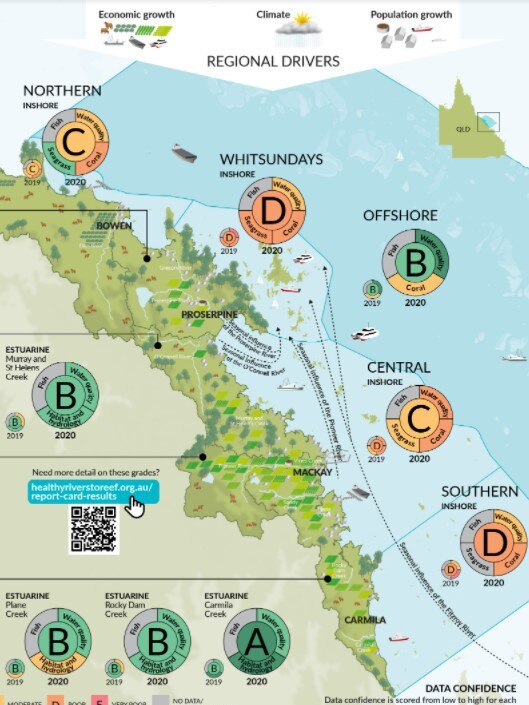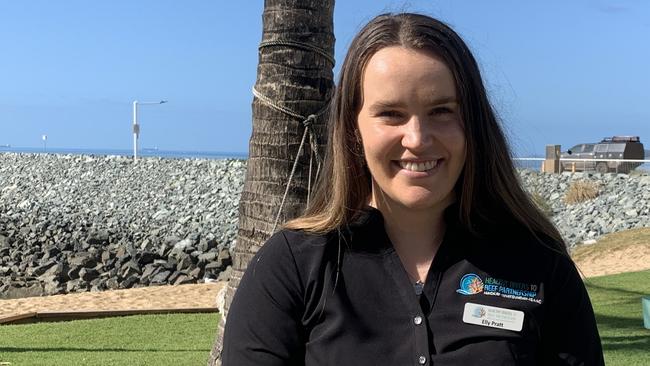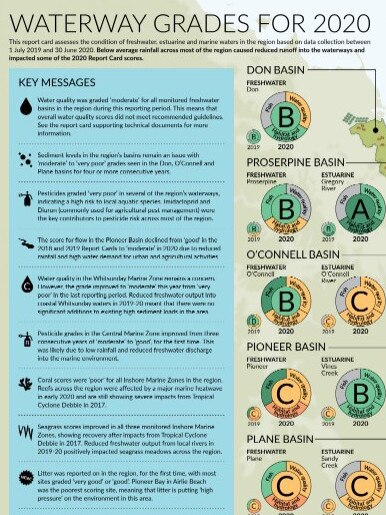Mackay Whitsunday Isaac Healthy River to Reef 2020 Report Card highlights improved seagrass health
The connection between seagrass and a ‘big snapper’ might not be obvious, but Dr Elly Pratt says improvements in the humble grass is good news for anglers.
Community News
Don't miss out on the headlines from Community News. Followed categories will be added to My News.
Anglers can get hooked on some good news after the Healthy River to Reef 2020 Report Card highlighted an improvement in seagrass health across the region.
Healthy Reef to River technical officer Dr Elly Pratt said the humble seagrass was not only an important food source for dugongs and turtles, it also provided coverage for baby fish.

“I don't think fishermen generally make the connection between seagrass and the big snapper they’re catching,” Dr Pratt said.
“It’s definitely good news for fishermen, the more seagrass there is the more fish there are.”
Dr Pratt was particularly excited to see the improvement in the Bowen region.
“The northern zone has the best meadows we have seen across the area, but each of the zones have improved,” she said.

But Dr Pratt said it wasn’t all good news.
“Something I’m concerned about, that everyone should be concerned about, is the coral,” she said.
“The coral scores are poor in every zone we have in the inshore area.”

Dr Pratt said there had been a big decline in coral health since Cyclone Debbie and “very little” improvement since.
“Seagrass can grow back quite quickly which is why it has been able to repopulate, but coral takes a much longer time,” she said.
Dr Pratt said climate change and poor water quality were just some of the major obstacles coral faced.
The 2020 Report Card also featured more citizen data than “ever before”, including the report’s first incorporation of litter grades.

The litter was reported using data from the Australian Marine Debris Initiative Database which was made up from a network of volunteers and partner organisations.
Litter grades were given to 33 inshore and urban sites across the Mackay, Whitsunday and Isaac regions with most sites receiving an A or B mark.
“Pioneer Bay in Airlie Beach was the poorest scoring site, meaning that litter is putting significant pressure on the environment in this area,” Dr Pratt said.
The Report Card also incorporated data from Reef Check Australia and a Seagrass Watch site in Bowen for the first time.




